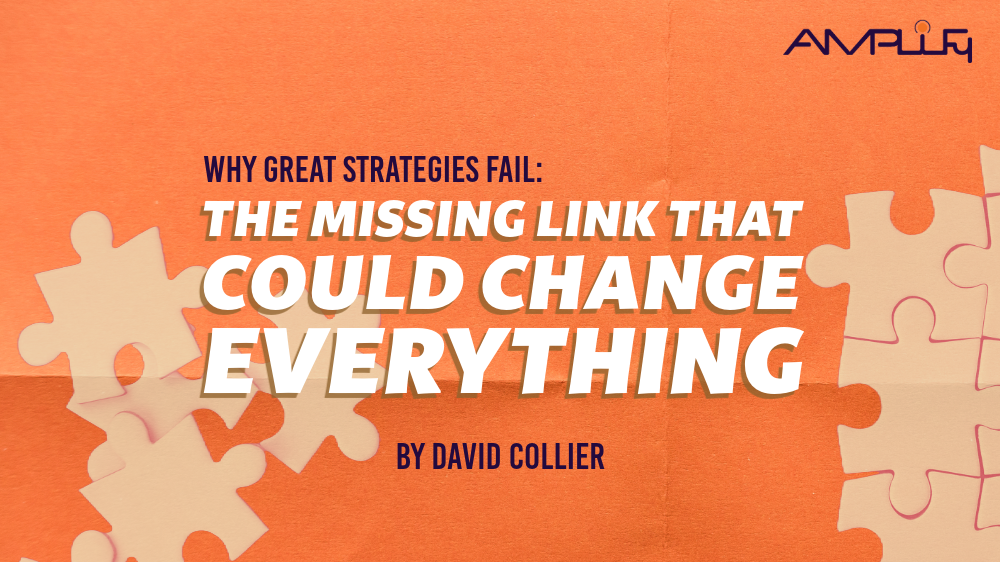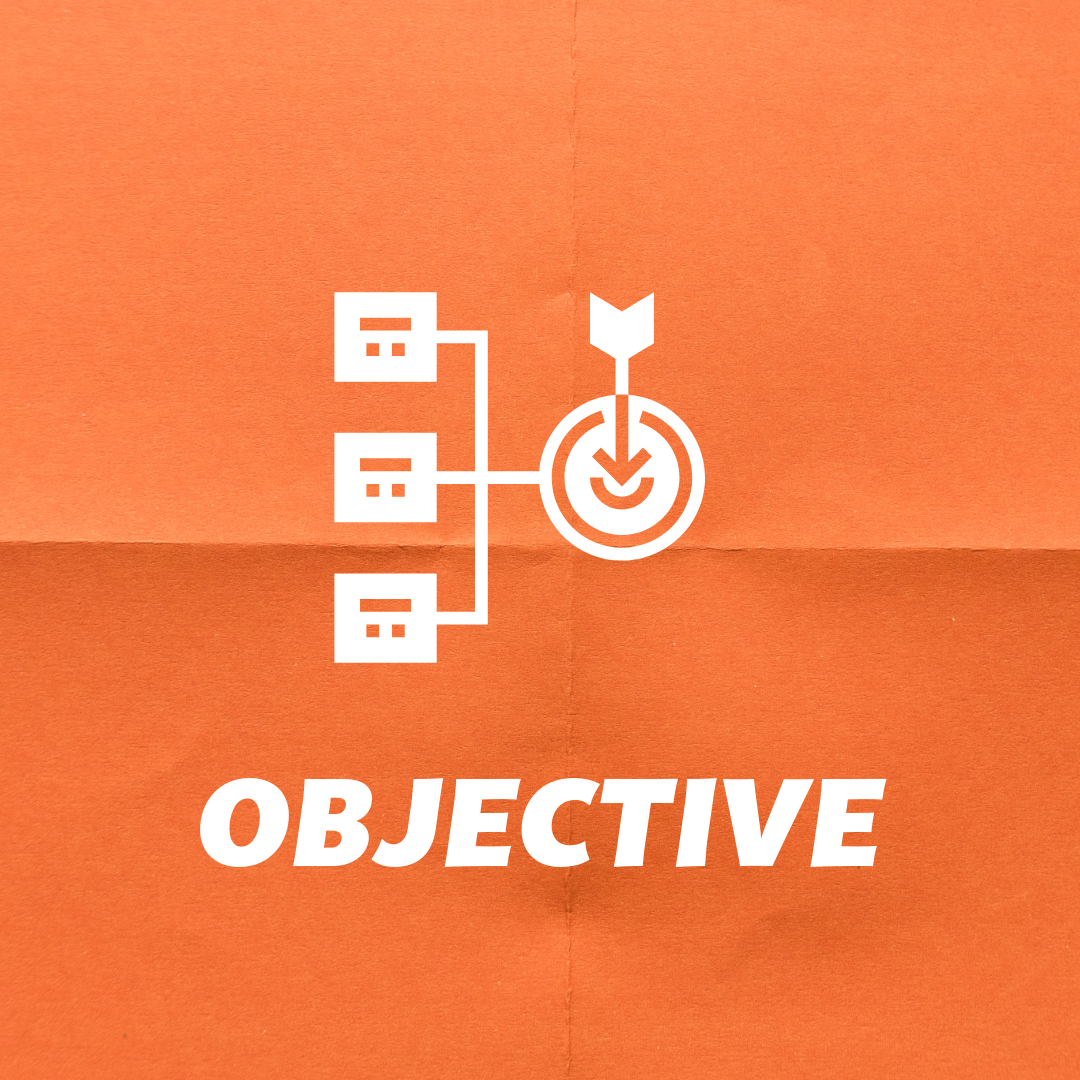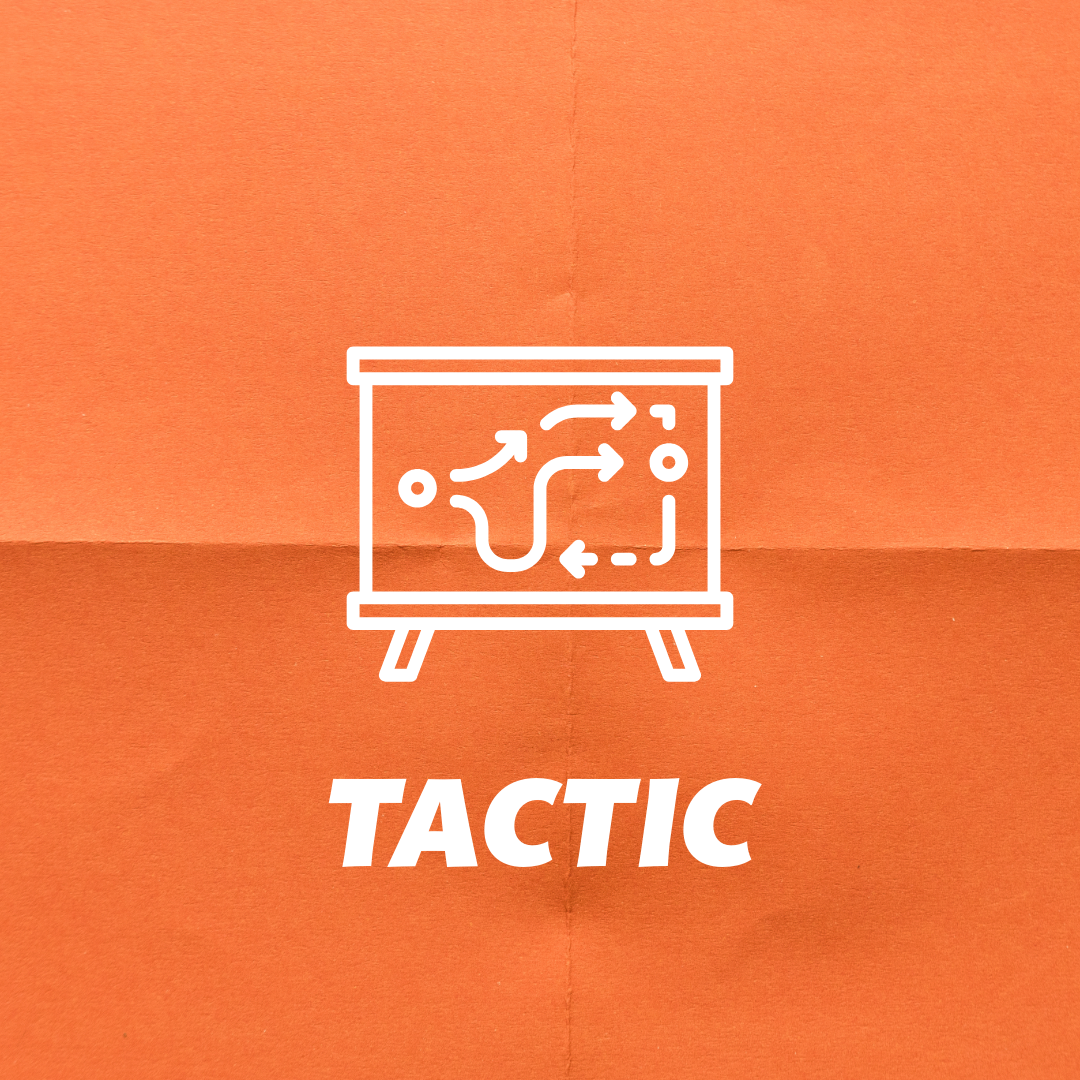Why great strategies fail: The missing link that could change everything
In business, success isn’t just about having a vision—it’s about execution. Many organizations struggle, not because they lack ambition, human capital or intelligence, but rather they fail to connect the aspirational to the day-to-day actions.
Why Businesses Fail Without Alignment
Without a structured framework, companies often experience:
- Disjointed Efforts: Teams working on initiatives that don’t support or align to the broader organizational goals.
- Lack of Accountability: No clear way to measure success or failure.
- Strategy-Execution Gap: A great plan that never materializes into results.
- Resource Challenges: staff working on various projects and not aligned or allocated to the “right” projects.
The missing link?
A structured framework that ensures every step moves the business forward and you have traceability throughout your organization.
That’s where the GOST Model comes in: Goals, Objectives, Strategies, and Tactics. When these four elements align, businesses can transform their plans from well-intentioned ideas into tangible and valuable results.
Let’s break it down with some real-world examples:
GOALS: Setting the Big Picture
A goal is your North Star. It’s the broad, ambitious vision of what you want to achieve.
Example: A technology company sets a goal to “Become the market leader in SMB cybersecurity solutions.”
This goal is directional, inspiring, and long-term. It sets the stage for what success looks like but lacks specifics. That’s where the next step comes in.
OBJECTIVES: Defining Success
Objectives make goals measurable. They provide checkpoints to track progress.
Example: The same cybersecurity company refines its goal with an objective: “Increase cybersecurity software adoption across the US SMB market by 30% within 18 months.”
This makes success
quantifiable. Objectives should be
SMART—Specific, Measurable, Achievable, Relevant, and Time-bound. Without clear objectives, it’s impossible to know whether you’re truly advancing toward your goal.
STRATEGIES: The Blueprint for Action
Once objectives are in place, strategies define the approach to achieve them.
Example: To hit the 30% adoption target, the cybersecurity firm decides to expand into new market segments through strategic partnerships.
Strategies are broad strokes—they guide decision-making but don’t detail the exact steps. A good strategy aligns teams and resources toward a common direction.
TACTICS: Executing with Precision
Tactics are the specific actions that bring strategies to life. These are the step-by-step moves that drive execution.
Example: To execute its market expansion strategy, the cybersecurity firm launches a webinar series featuring industry experts. It also increases its sponsorship presence at trade shows and security conferences to better promote its tools, generate leads and build brand awareness.
While strategies answer, “How do we approach this?”, tactics answer “What exactly do we do?”.
Bringing It All Together
Let’s visualize how it works in action:
By implementing the GOST Model, organizations ensure alignment from vision to execution, bridging the gap between ambition and achievement and ensuring that the entire organization is brought on their enterprise journey.
When each element builds upon the last, execution becomes
intentional, structured, and impactful.
Is Your Business Aligned for Success?
At Amplify, we help executive teams, boards, and decision-makers optimize strategy execution. Whether you’re refining your market approach or struggling with operational alignment, our tailored solutions ensure your strategies don’t just sound good—they actually support the broader mission of the organization.
📩 Let’s talk. Reach out today to explore how we can help your organization amplify its success.








